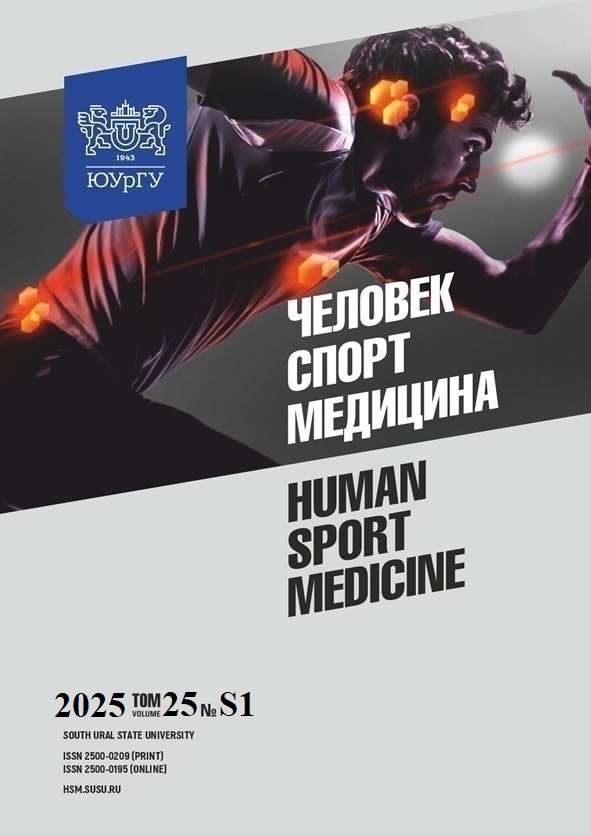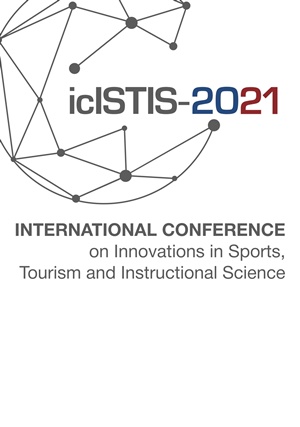HEMODYNAMIC ALTERATIONS IN THE VERTEBROBASILAR SYSTEM DURING SMARTPHONE USE AMONG STUDENTS OF THE URAL STATE UNIVERSITY OF PHYSICAL EDUCATION
Abstract
Aim. This study examines the effects of smartphone-emitted electromagnetic radiation (EMR) on vertebrobasilar hemodynamics, with particular attention to vascular responses and potential risks for cerebrovascular hemodynamics. Materials and methods. The study comprised 54 students with adequate transtemporal acoustic windows and an absence of chronic conditions affecting central hemodynamics. Parti-cipants were stratified into two exposure groups based on daily smartphone usage time: more than 5 hours/day (38 participants) and 3–4 hours/day (16 participants). Ultrasound examination was performed in the supine position with an activated smartphone positioned at shoulder level. All examinations were conducted using a high-resolution Mindray DC-80 ultrasound system (linear array transducer 5–12 MHz) under controlled conditions at the Professor Kinzersky Clinic’s Vascular Diagnostic Unit (Chelyabinsk, Russia). Results. Among heavy smartphone users (38 participants), 28 showed significant blood flow reduction by 17–22 %. Among moderate smartphone users (16 participants), 10 exhibited blood flow reduction by 12–17 %. Intergroup comparisons revealed statistically significant differences and demonstrated a dose-dependent association between smartphone use and altered vertebral artery hemodynamics. Conclusion. These findings demonstrate a possible dose-dependent association between smartphone-emitted electromagnetic radiation and altered cerebrovascular hemodynamics, highlighting the need for further research to clarify the underlying mechanisms and to develop evidence-based preventive strategies.
References
References on translit
Copyright (c) 2025 Human. Sport. Medicine

This work is licensed under a Creative Commons Attribution-NonCommercial-NoDerivatives 4.0 International License.















